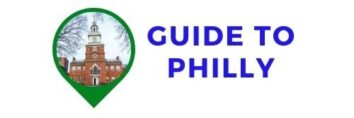In a city whose history stretches back over 340 years, there are lots of things to learn. From important events that shaped the course of the US to quirky, funny Philadelphia facts, information about the city could fill an encyclopedia.
Most people know the basic facts about Philadelphia—home of the Declaration of Independence, the Liberty Bell, and the orange, googly-eyed Flyers mascot named Gritty. But there are plenty of pieces of trivia that you’re less likely to learn in school (or by watching a hockey match).
I am a huge lover of trivia and have learned lots of delightfully random things in my quest to uncover the best about the city. Here are 45 fun facts to deepen your appreciation for the greatness of Philadelphia.
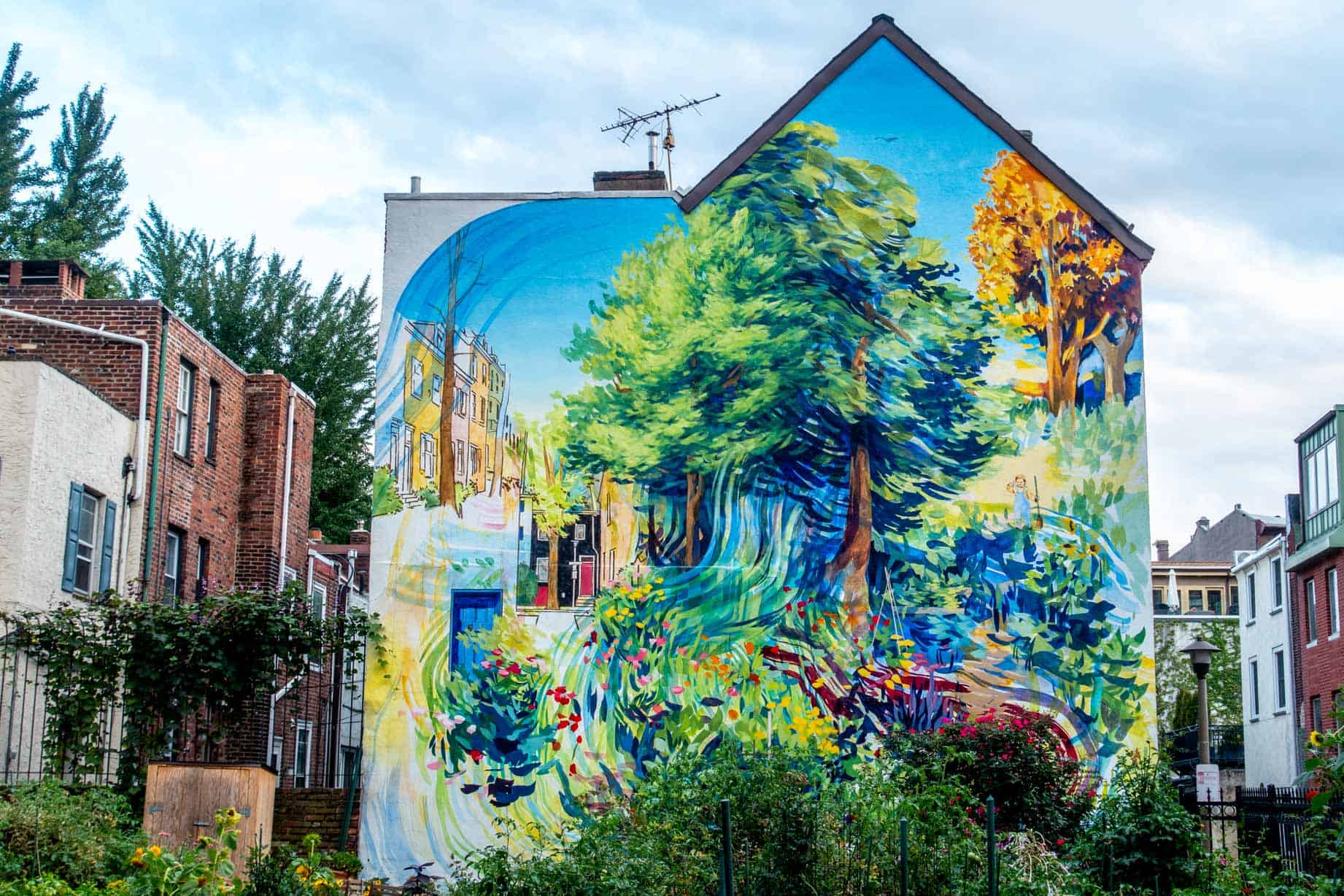
Mural Arts Philadelphia began as an anti-graffiti program. Over 36 years later, it is the nation’s largest public arts program, adding as many as 100 works of art to the city every year. Join one of their regular tours to see the works up close and learn more.
The Rocky statue at the Philadelphia Museum of Art is one of the top attractions in Philadelphia. But there are other, lesser-known Rocky and Creed landmarks. At Laurel Hill Cemetery, you can find the headstones for the boxer’s wife Adrian and her brother Paulie Pennino.
In addition to the famous cheesesteak, Philadelphia is known for another sandwich—the roast pork sandwich is oven-roasted pork shoulder, melted provolone cheese, and garlicky broccoli rabe on a sesame seed roll. John’s Roast Pork, which has made the sandwich since 1930, won a James Beard Award for theirs. DiNic’s version was named the Best Sandwich in America by the Travel Channel.
In 1751, Benjamin Franklin and Dr. Thomas Bond founded Pennsylvania Hospital, the nation’s first hospital. You can still visit it and its beautiful garden.
Pennsylvania Hospital is still among the best hospitals in the country. It is the home of the oldest operating theater in the US, which was used from 1804 to 1868.
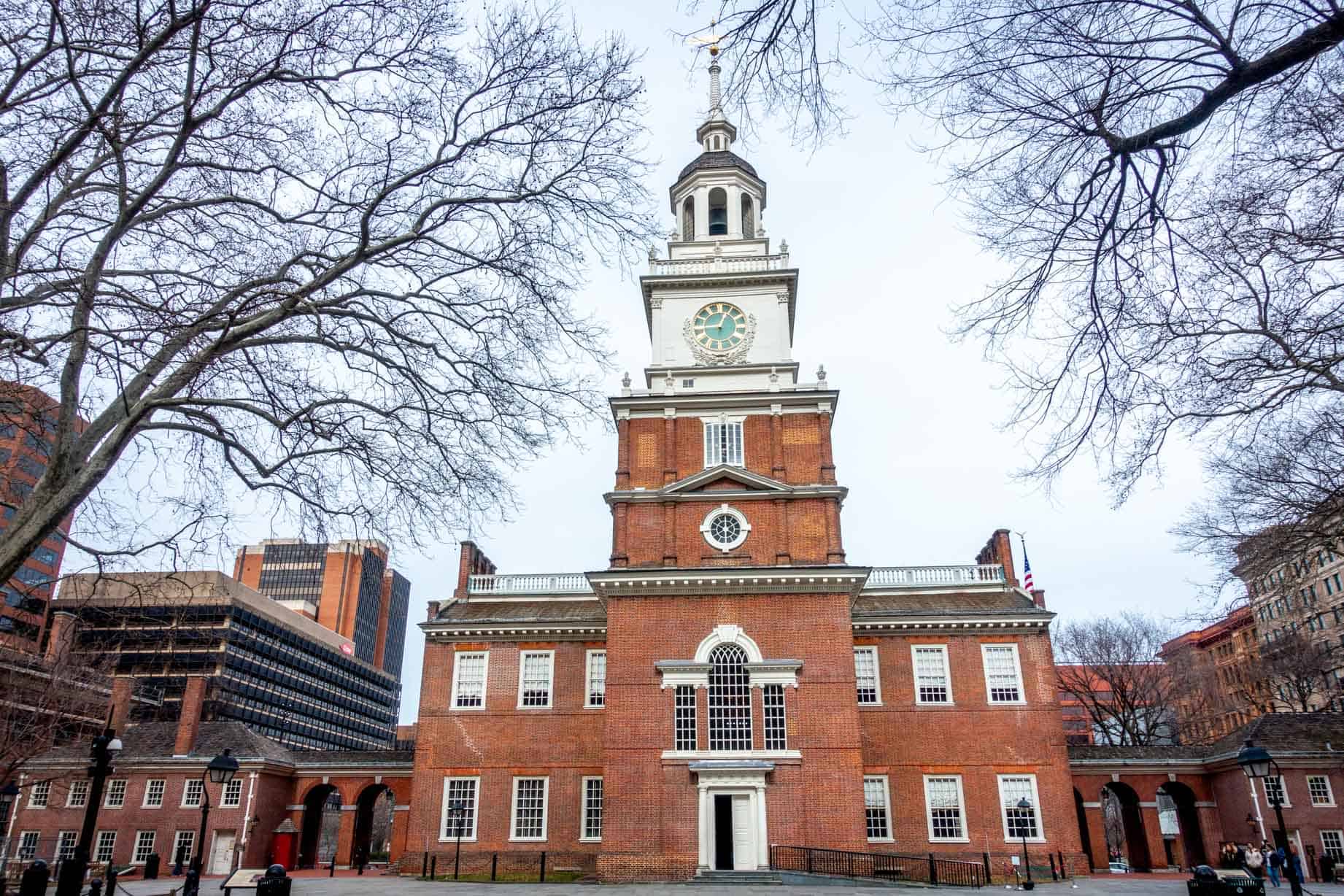
Originally built as the Pennsylvania State House, Independence Hall once served as the city dog pound.
Independence Hall has been designated as a UNESCO World Heritage site—one of only 25 in the United States.
In 1957, Dick Clark brought the rock and roll music of American Bandstand to a nationwide audience from a studio in West Philadelphia. Although the program moved to Los Angeles in 1964, it continued to delight viewers until 1989.
The Mutter Museum displays pieces of Einstein’s brain along with over 100 skulls.
The University of Pennsylvania was founded by Benjamin Franklin in 1740, making it the 5th oldest college in the country.
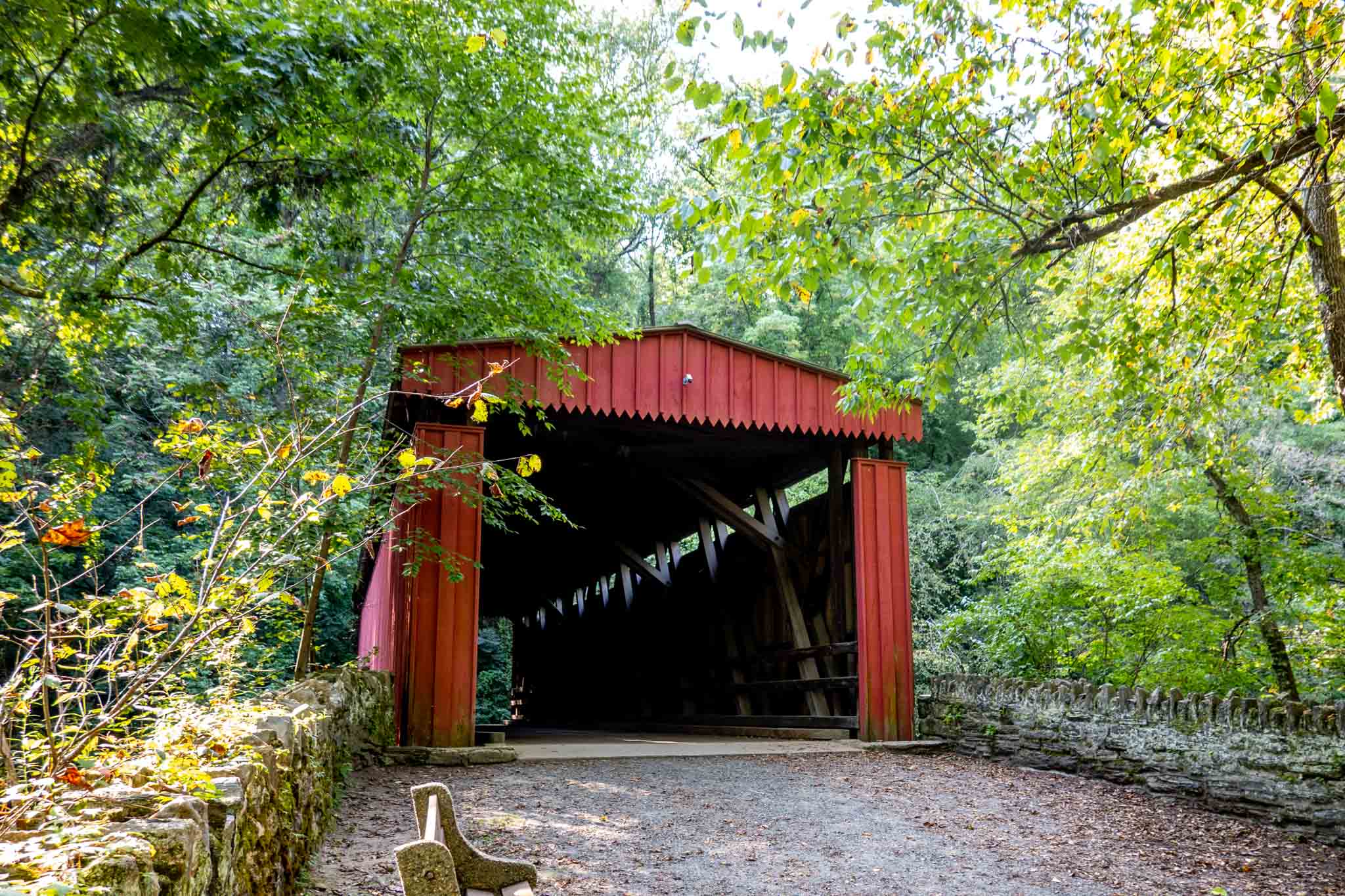
The Thomas Mill Covered Bridge in Chestnut Hill is the only remaining covered bridge in Philadelphia or any major US city.
In 1930, hot dog vendor—and namesake of Pat’s Famous Steaks—Pat Olivieri threw beef on his grill to make a sandwich. The cheese wasn’t added until later. And the cheesesteak was born. This is among the things for which the city is well known.
When Laurel Hill Cemetery was founded in 1836, the architects wanted it to be a prestigious final resting place. Several notable people, including David Rittenhouse, the first director of the US Mint, were relocated here years after their deaths in hopes of increasing the cemetery’s popularity.
The Battle of Germantown during the Revolutionary War was fought on the grounds of Cliveden, an historic estate that is still open to visitors. Every year, on the first Saturday in October, a battle reenactment takes place on Cliveden’s lawn.
Veterans Stadium, where the Philadelphia Eagles played until 2003, had a courtroom in its basement to deal with rowdy fans.
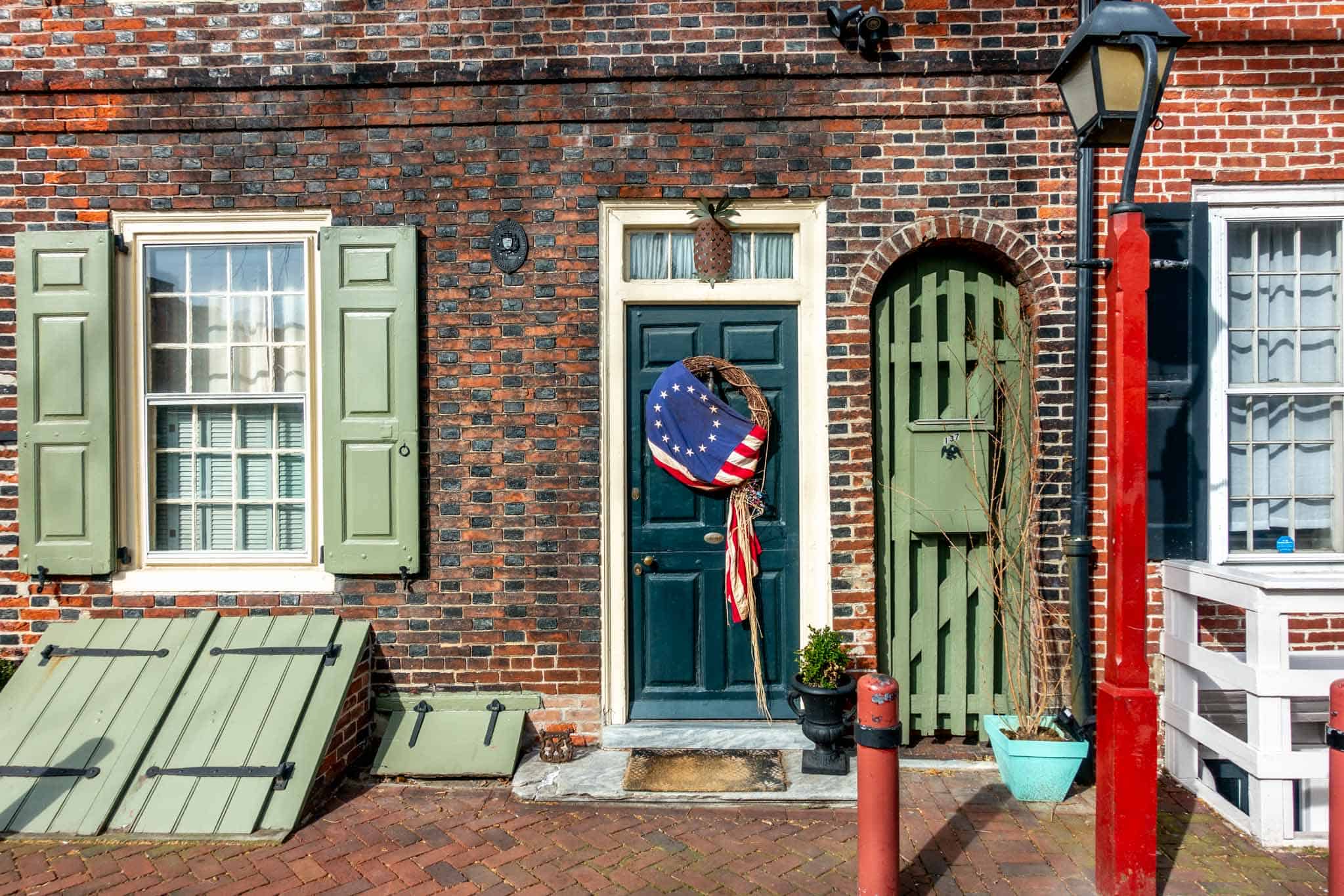
Elfreth’s Alley dates back to 1703. It is the oldest continuously inhabited residential street in the U.S.
Most people know that Philadelphia was the birthplace of the U.S. But did you know it was also the birthplace of the U.S. Navy? President George Washington signed the Naval Act in 1794, and the commissioned ships launched from a shipyard in May 1797.
At 37 feet tall, the statue of William Penn on top of City Hall is the tallest statue to crown a building in the world.
Founded in 1809, the Walnut Street Theatre is America’s oldest theater. It was once owned by Edwin Booth, the brother of John Wilkes Booth who assassinated President Abraham Lincoln.
In November 1793, President George Washington lived in Germantown while Philadelphia was under quarantine for yellow fever. The house where he stayed is owned by the National Parks Service and is known as the Germantown White House, or the Deshler-Morris House.
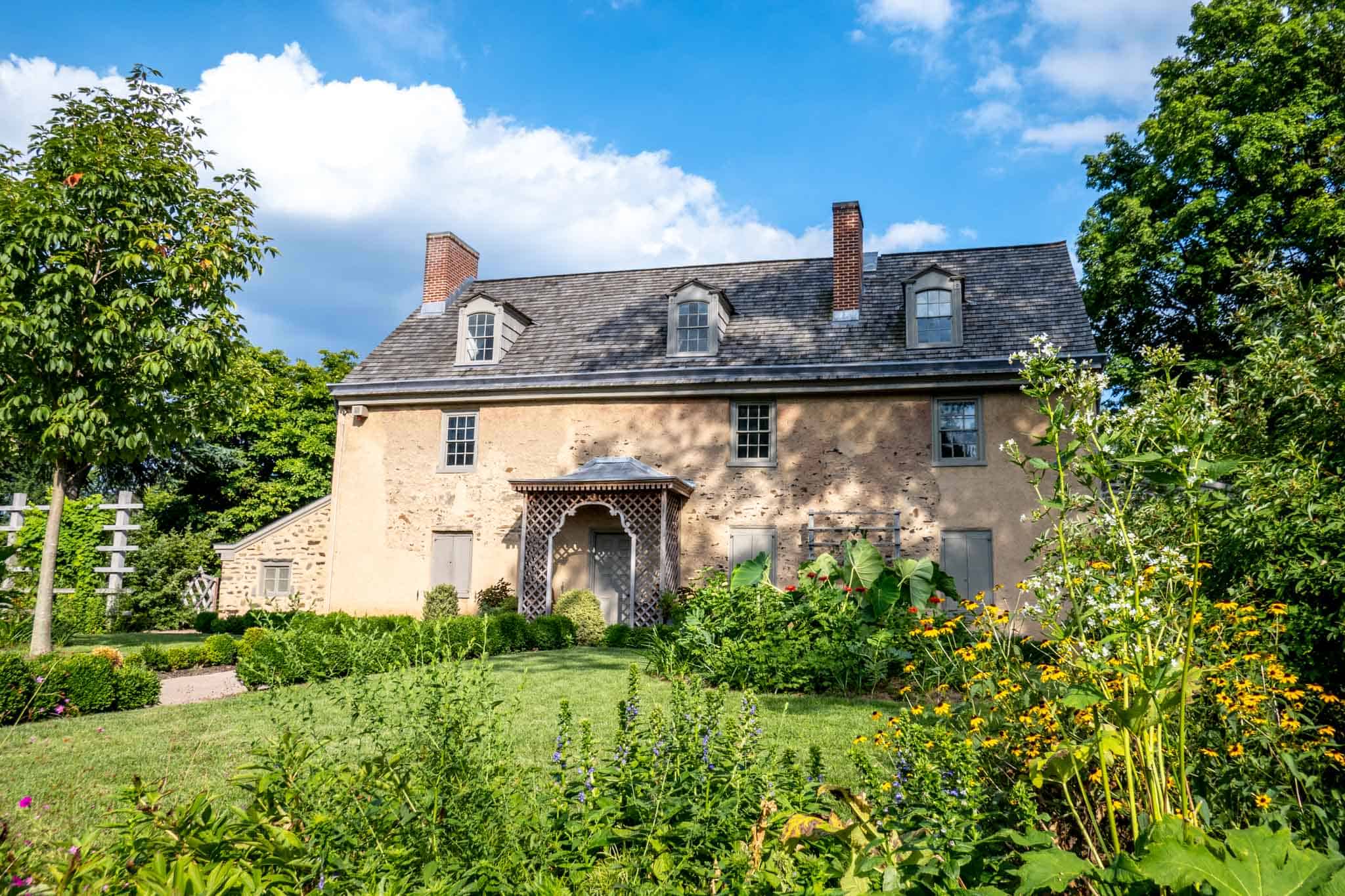
At nearly 300 years old, Bartram’s Garden is the oldest botanical garden in North America. The garden is 45 acres of land and is a National Historic Landmark.
Lucretia Mott–a Quaker, prominent abolitionist, and advocate for women’s rights who spearheaded the Seneca Falls Convention–is buried at Historic Fair Hill cemetery.
One of the city’s spookiest sites, Eastern State Penitentiary was unexpectedly ahead of its time—it had running water and indoor plumbing before the White House did.
The Thaddeus Kosciuszko National Memorial is the smallest National Park Service site in America.
The largest piece ever created by Tiffany Studios is in the Curtis Center at 6th and Walnut. The mosaic called The Dream Garden is made up of more than 100,000 pieces of glass.

The Penn Museum is home to the largest Egyptian Sphinx in the western hemisphere. It weighs 13 tons.
The First Bank of the United States and the Second Bank of the United States are both important sites in Old City. The latter houses a portrait gallery, and the former is undergoing renovation to open as a museum in the next several years.
William Penn created five public squares in his city plans back in 1682. Rittenhouse Square, Logan Square, Washington Square, and Franklin Square still exist. The fifth square—Centre Square—is the location of City Hall and Dilworth Park.
Washington Square Park was a burial ground for paupers and Revolutionary War soldiers. The number of souls still buried there makes the park one of the most haunted places in the city and a popular stop on ghost tours.
The Philadelphia area was an important part of the Underground Railroad. Many sites still exist, including the Johnson House, which housed Harriet Tubman on her trips between the North and South.
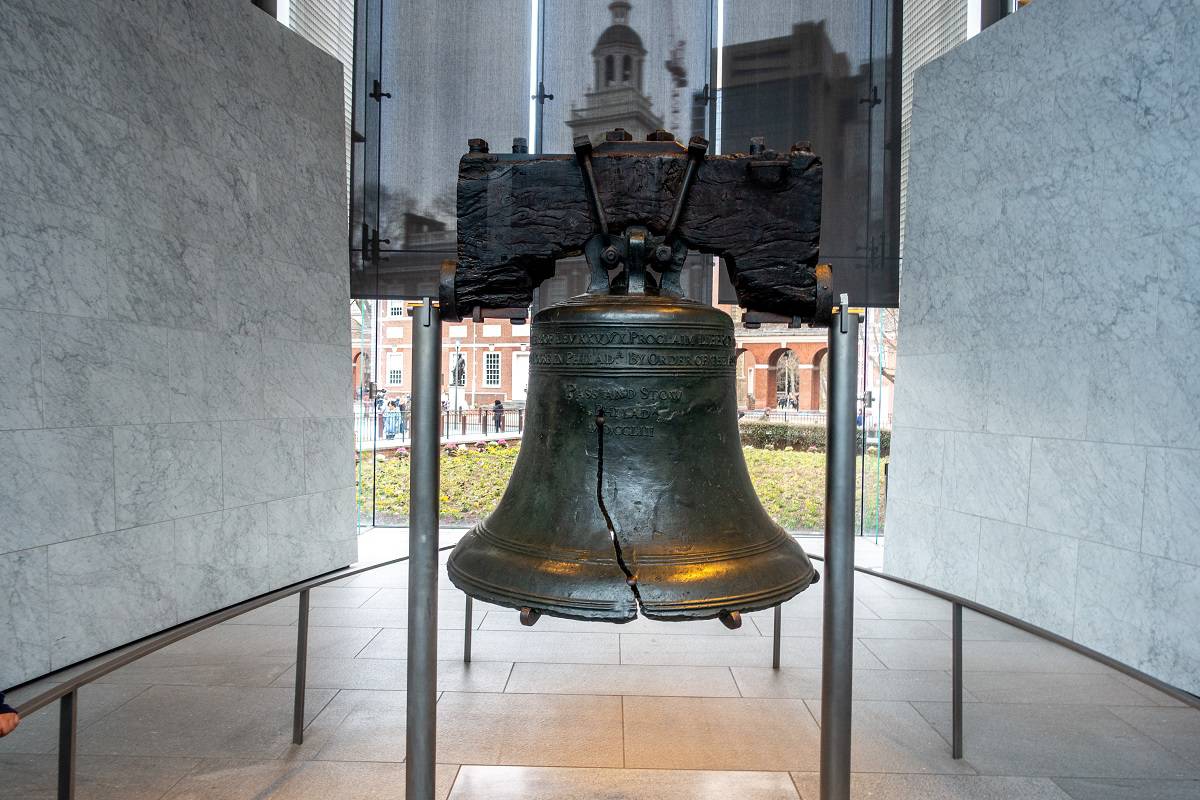
Spellings have changed over the years. The Liberty Bell, the Constitution, and Independence Hall all show the state name as “Pensylvania,” which was the proper spelling in the 18th century.
Pizza Brain is the world’s first pizza museum.
Fairmount Park sprawls for over 2000 acres and is the largest municipal park in the country. It is the location of many popular attractions, including Shofuso Japanese Cultural Center, Please Touch Museum, and Smith Memorial Playground & Playhouse.
Founded in 1787, Mother Bethel African Methodist Episcopal Church in Old City was one of the first churches for Blacks in the US, and it is the oldest AME Church. Its founder Rev. Richard Allen was born into slavery in Delaware but bought his freedom in 1780.
Fishtown’s unique name comes from the occupation of many of its early residents. Many people living here were fishermen along the Delaware River stretching from Cape May to Trenton. Homes in the neighborhood often have fish-shaped plaques displaying their address.

Author Edgar Allen Poe lived in Philadelphia for six years and published dozens of works during his time in the city. The home he lived in is an important local landmark that is open for free tours.
The raven that is believed to have inspired Poe’s famous work The Raven was the pet of Charles Dickens and is on display at The Free Library of Philadelphia.
The Wanamaker Organ located at Macy’s in Center City is the largest world’s largest pipe organ. Visitors can still hear it played regularly, and it draws big crowds for performances during the Christmas season.
Seven signers of the Declaration of Independence are buried at Christ Church and the nearby Christ Church burial ground.
Books were rare and expensive in the early 1700s. To expand access to them, Benjamin Franklin and members of a philosophical society founded the country’s first library, The Library Company of Philadelphia, in 1731. From 1787 to 1800, it served as the Library of Congress.
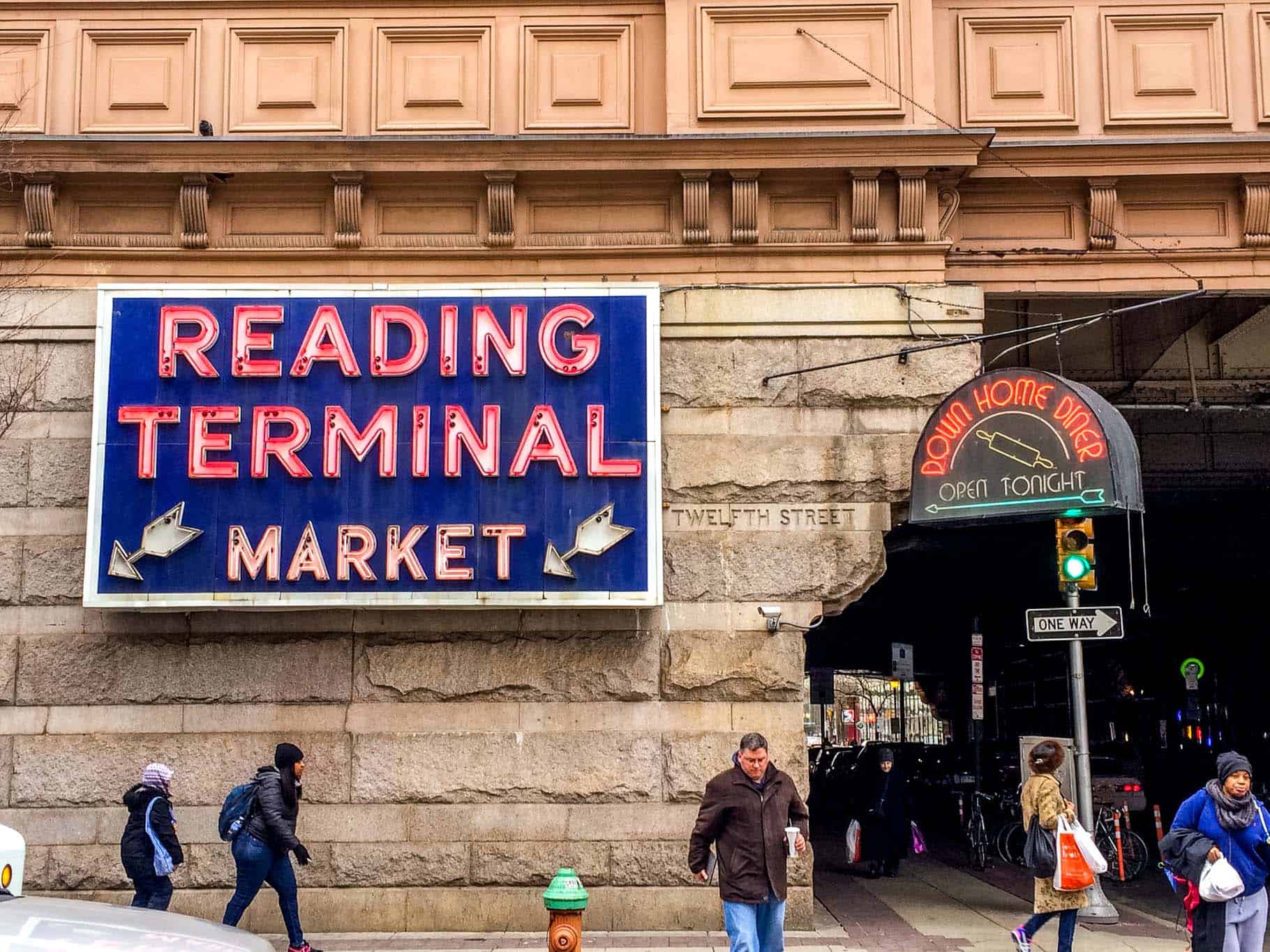
Reading Terminal Market, the longest running farmer’s market in the US, opened in 1893. Vendors sell everything from produce and meat to fancy corn dogs and vegan deli specialties. If you visit, don’t miss pretzels from Miller’s Twist.
The Pennsylvania Academy of the Fine Arts is the first and oldest art museum and art school in the United States.
The first protest against slavery was made in Germantown in 1688–that’s 173 years before the Civil War began.
The New Year’s Day Mummers Parade is the country’s oldest folk parade, dating back to 1901.
The John Heinz National Wildlife Refuge at Tinicum became the first First Urban Refuge in the country when it was established in 1972.
